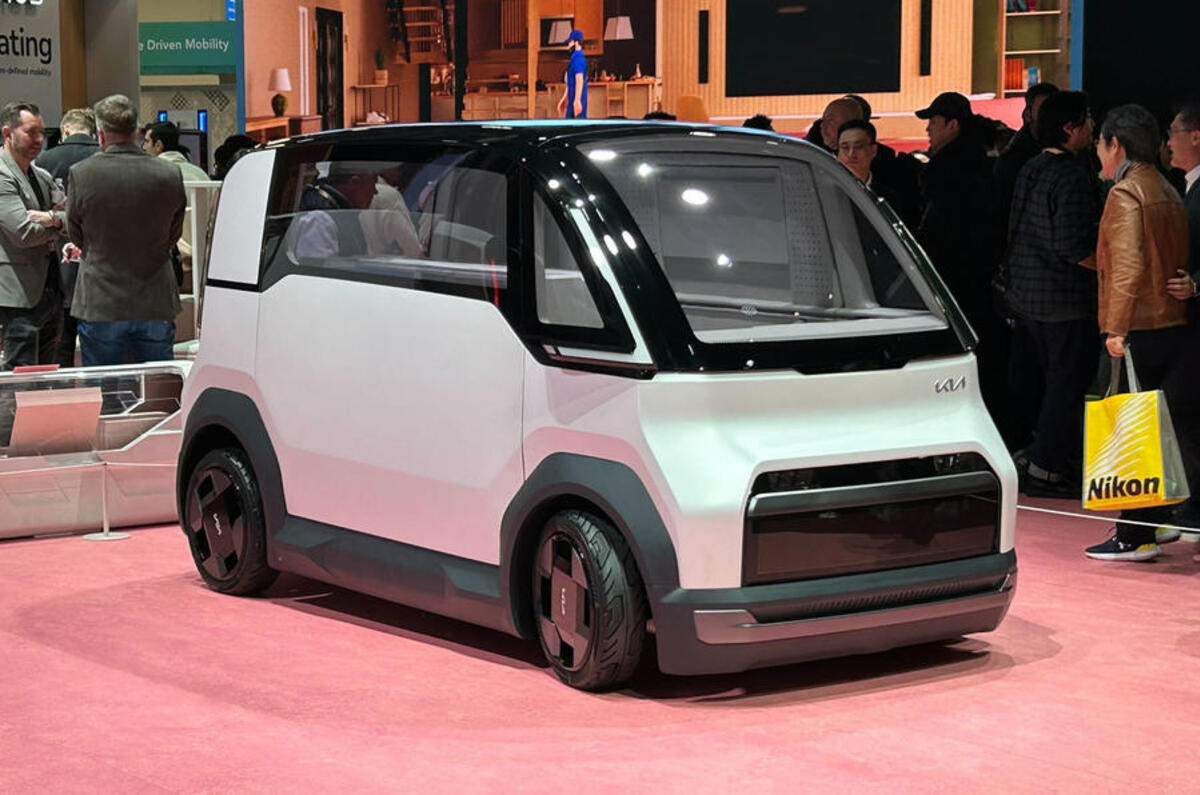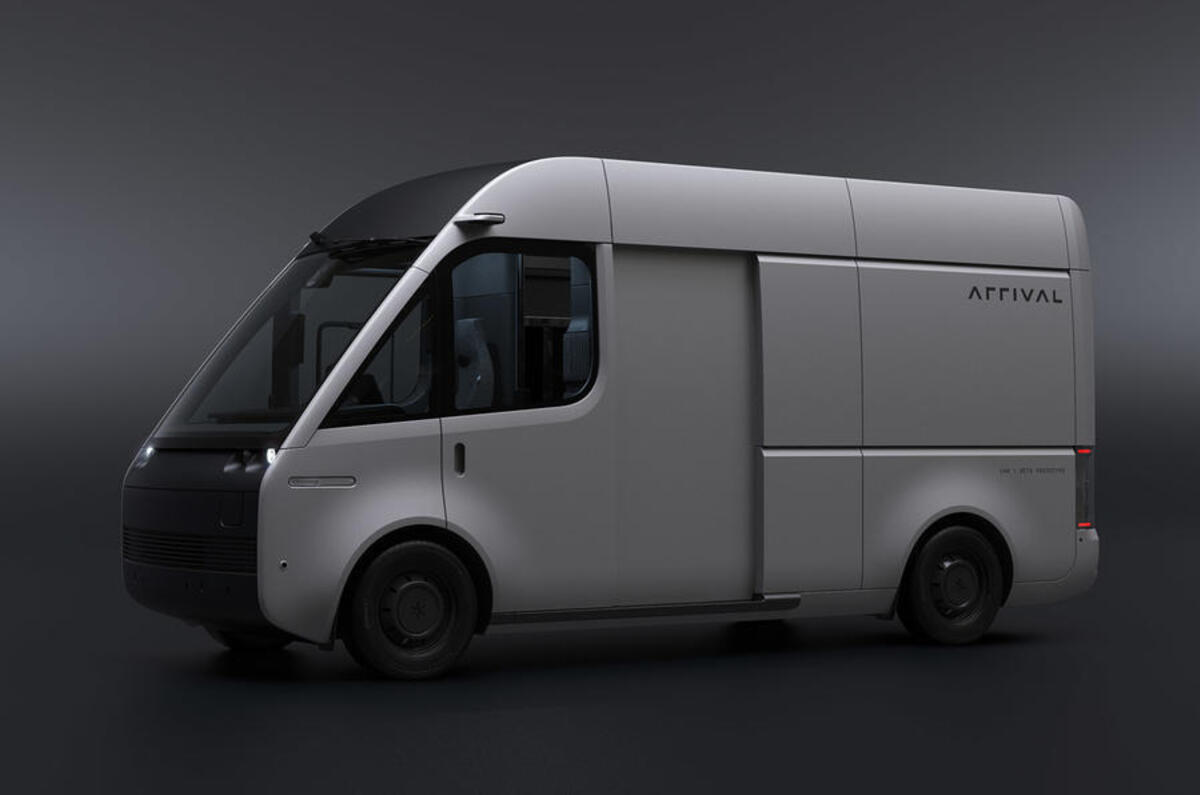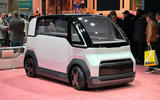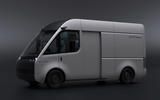Hyundai and Kia investing £100 million into Arrival back in 2020 looks like money down the drain as the British EV firm continues to sink – to the point that it's now threatened with delisting from the Nasdaq stock exchange.
Or is it? At the CES tech show in Las Vegas last week, Kia impressed with a line-up of modular electric vans whose promised construction methods looked very familiar.







Add your comment